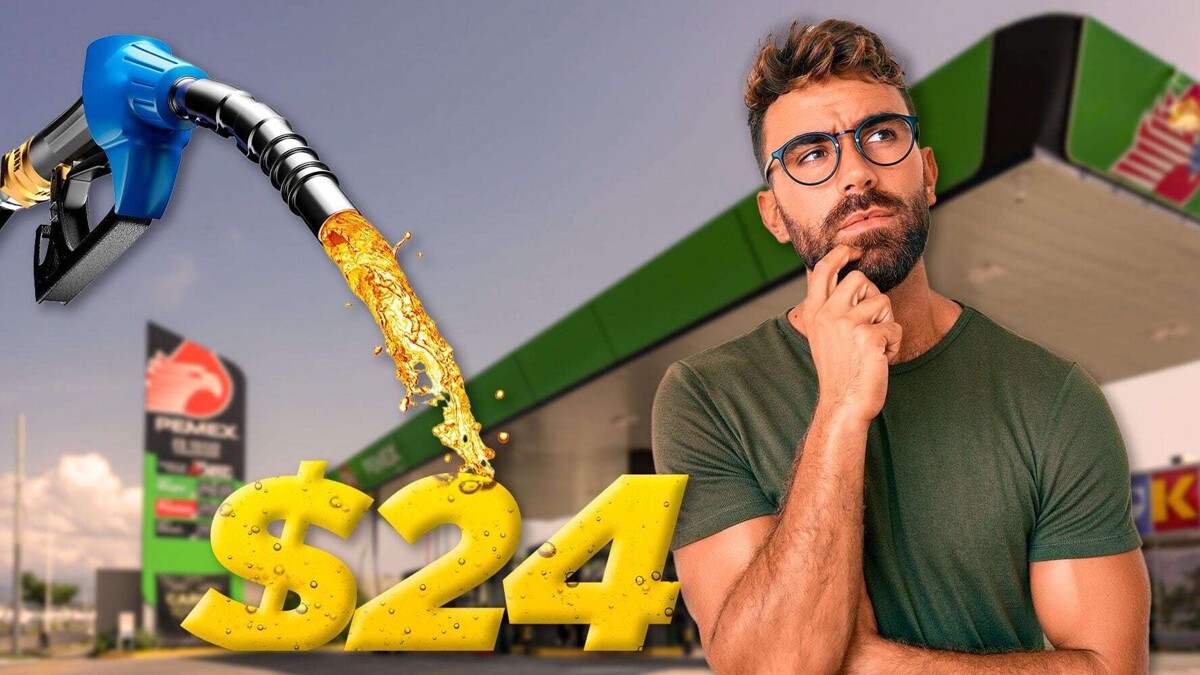
The exchange rate plays a crucial role in the price of gasoline in Mexico, given that much of the import of this fuel is carried out from the United States, where in 2024 a 3% increase in price was registered. Despite this, the depreciation of the Mexican peso against the dollar by around 20% resulted in a 23% increase in the price in pesos of imported gasoline.
According to data from INEGI, the price of regular gasoline increased by 7.7% in a year (between January 2024 and January 2025), surpassing inflation. In light of this situation, the federal government has considered establishing a cap of 24 pesos per liter on regular gasoline through an agreement with distributors, especially in rural areas where competition is limited and anti-competitive practices are observed.
If PEMEX does not reduce its prices and the Treasury does not lower the Special Tax on Production and Services (IEPS), the only way to reach the price cap would be to pressure gas stations to reduce their profit margins. However, this could imply risks in the market, considering that despite having more than 300 gas station brands in Mexico, PEMEX remains the main supplier and the current price exceeds the proposed limit.
In 2025, a decrease in subsidies for the IEPS and an increase in tax collection is expected, with a target of 473 billion 578 million pesos for this tax, which represents a 17% increase compared to 2024. Despite efforts to contain the rise in gasoline prices, it seems difficult to keep these below the inflation rate, which may impact consumption of this fuel.
The government seeks to balance the need to address the public deficit with the demand to keep gasoline prices stable. The prospect of maintaining the tax while also imposing a price cap poses financial and logistical challenges, considering past experiences where revenue expectations were not met and illegal gasoline sales were encountered.













